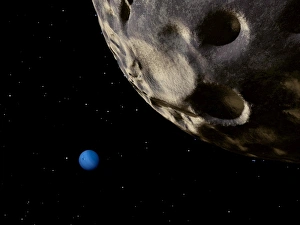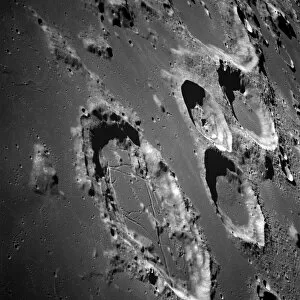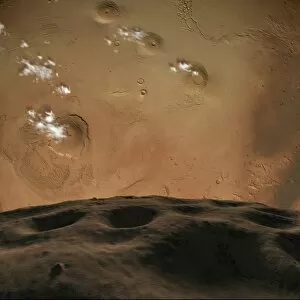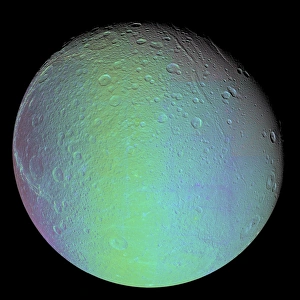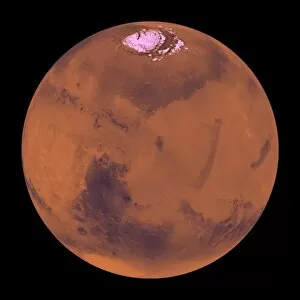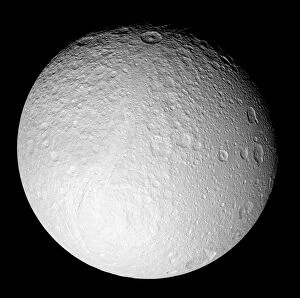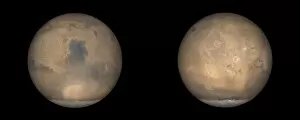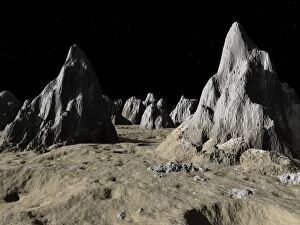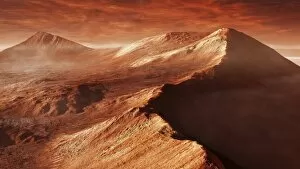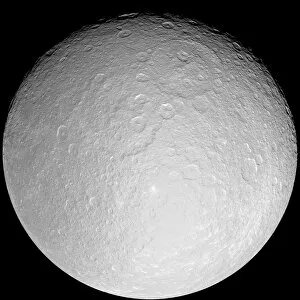Impact Craters Collection
"Unveiling the Cosmic Scars: Impact Craters Leave Their Mark on Celestial Bodies" Full Moon: As we gaze at the radiant full moon
All Professionally Made to Order for Quick Shipping
"Unveiling the Cosmic Scars: Impact Craters Leave Their Mark on Celestial Bodies" Full Moon: As we gaze at the radiant full moon, its pockmarked surface reveals a history of countless cosmic collisions. Neptune's Tiny Moon Perspective: Nereid offers a breathtaking view of Neptune from its distant orbit, showcasing the impact craters that shape this icy giant. Lunar Surface Revealed: A high altitude oblique view unveils the lunar landscape, marked by an intricate network formed over billions of years. Unearthly Beauty: Oblique views capture the ethereal charm of lunar impact craters, reminding us of their role in shaping celestial bodies across our universe. Phobos' Intimate Encounter with Mars: Orbiting perilously close to Mars, Phobos witnesses a sky dominated by its host planet's colossal presence and numerous impact scars. Dione's Colorful Past: Saturn's moon Dione exhibits stunning hues in false color imagery, revealing ancient impact craters that have shaped its enigmatic surface. Tabun-Khara-Obo - Mongolia's Ancient Witness: In southeastern Mongolia lies Tabun-Khara-Obo crater—a testament to an ancient collision that forever altered Earth's landscape. Pingualuit Crater - Quebec's Aerial Marvel: From above, Pingualuit Crater in Canada showcases nature’s artistry—formed by an immense meteorite strike millions of years ago. The Red Planet Speaks Volumes: Mars bears witness to countless impacts throughout time as heavily cratered highlands dot its rusty terrain like cosmic footprints. Approaching Catastrophe? An artist’s depiction portrays a large asteroid hurtling towards Earth on a collision course—an alarming reminder of potential cosmic dangers lurking nearby. Nature Paints Its Canvas.


